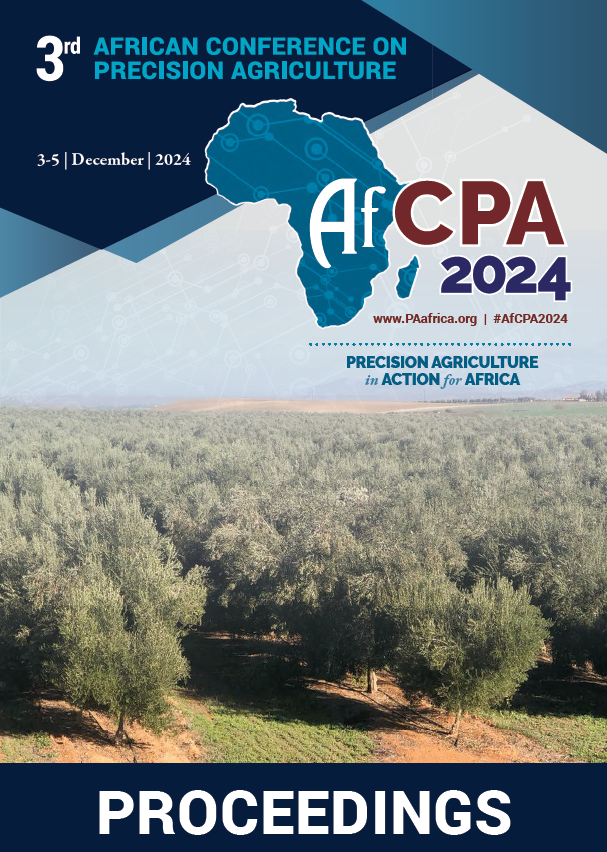Download the Conference Proceedings
Proceedings
Authors
| Filter results2 paper(s) found. |
|---|
1. The Global Crop Nutrient Removal Database (Gcnrd): Development, Initial Analysis and Identification of Current Data GapsImproved understanding of the factors affecting nutrient uptake can enable production optimization, increased nutrient use efficiencies, reduced environmental footprints, and overall higher economic returns for farmers. Crop uptake is affected by genetics, soil, weather, agronomic practices, and their interactions. As such, understanding the way crop nutrient uptake varies across different regions and production environments requires the coverage of various parameters, and necessitates collaboration... C. Ludemann, A. Dobermann, N. Graff, S. Sela, M. Van loon, R. Hijbeek, M. Van ittersum |
2. Utilizing Guards (Growing Universal Agronomic Research Data Standard) and the Fair Principles for Data Standardization and Agronomic InsightsThe quantity and scope of agronomic data available for researchers in both industry and academia is increasing rapidly. Data sources include a myriad of different streams, such as field experiments, sensors, climatic data, socioeconomic data or remote sensing. The lack of standards and workflows frequently leads agronomic data to be fragmented and siloed, hampering collaboration efforts within research labs, university departments, or research institutes. Researchers and businesses therefore allocate... S. Sela |
